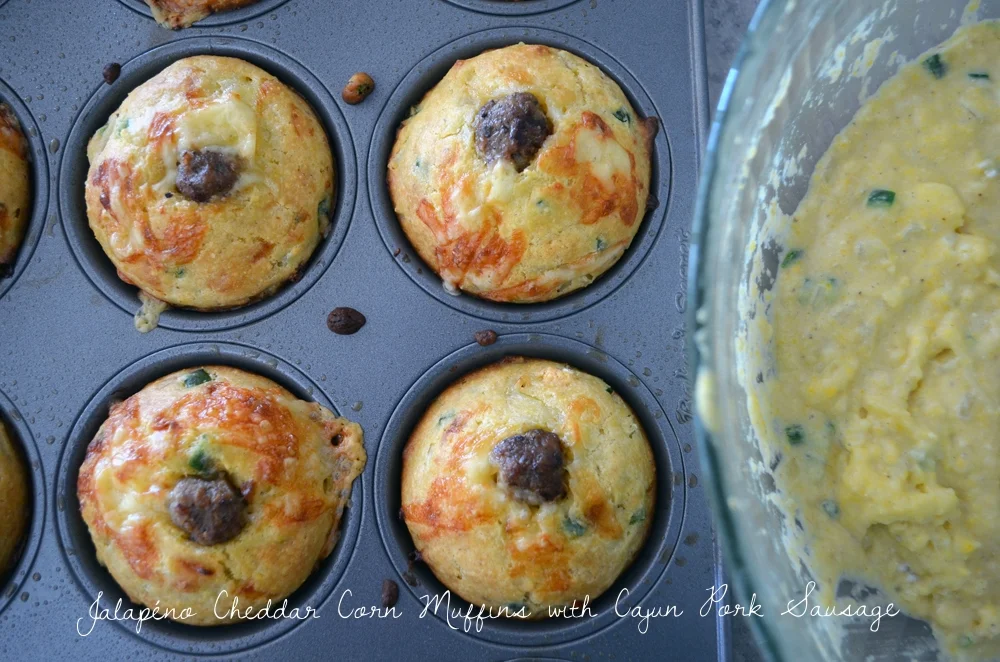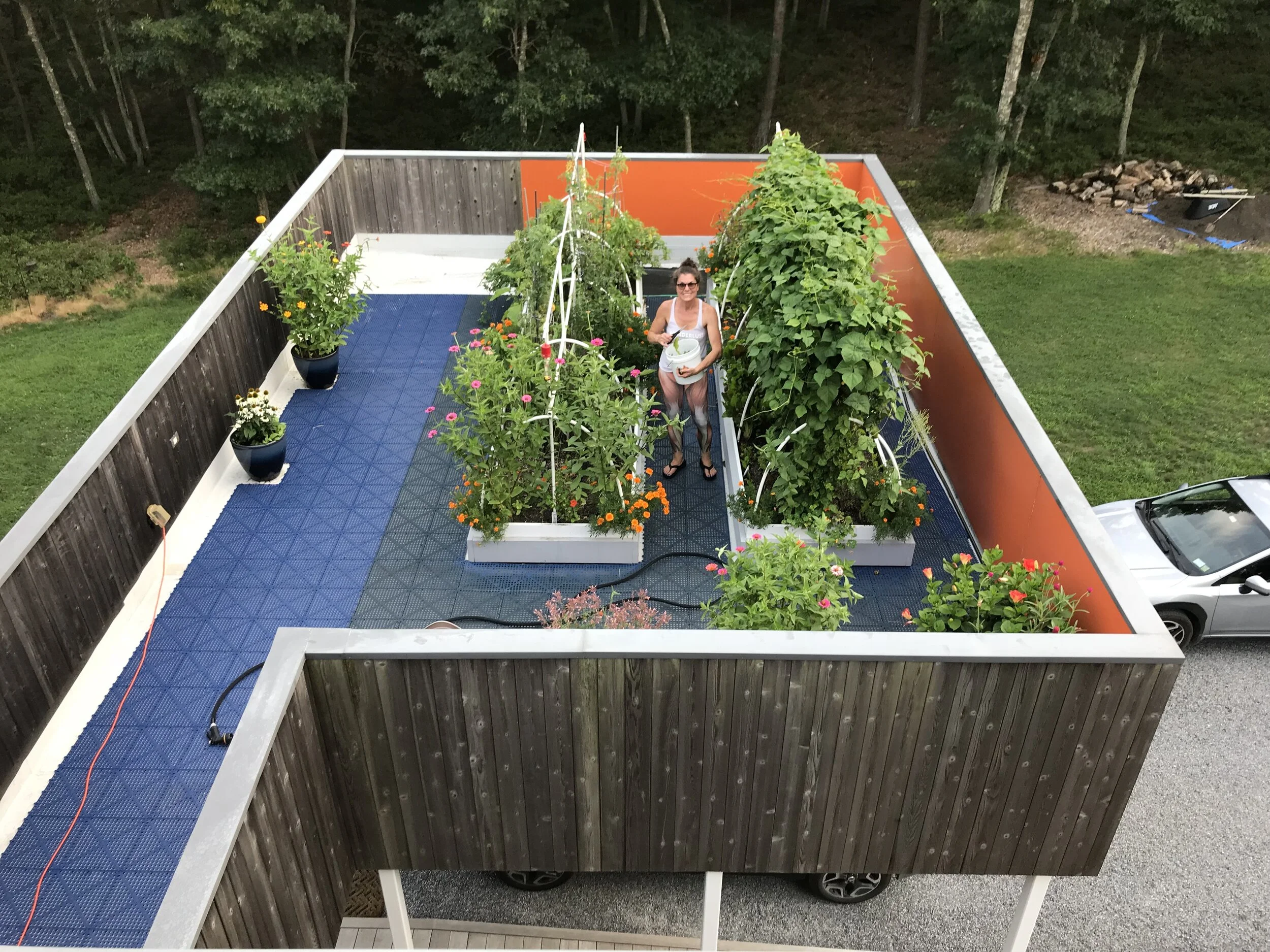Hail to the Long Island Cheese Pumpkin
/The Long Island Cheese Pumpkin has had a complex since the 1960's. It has been pushed aside by the likes of it's curvaceous and—oh so sexy relative—the butternut squash, and glossed over by it's default pie-favorite neighbor, the sugar pumpkin; the name alone is cute. These winter squash go-to favorites seem to have been marked early on as, "most likely to succeed", "best bottom", and "biggest flirt", that easily moved them up the Cucurbita charts as squash Queen and King to join the biggest Jester of them all, the modernization of seed and food production. Pumpkin varieties like the Dickinson and Kentucky field pumpkins were preferred by farmers for their round shapes and smooth skins (easy roll off on conveyors and for easy peeling and processing for the canned pumpkin), unlike the Long Island Cheese Pumpkin that is squat in shape like a cheese rind (hence the name) with beige skin that has deep ridging. Sadly, the Long Island Cheese Pumpkin was not widely being grown and was not available through seed retailers.
But I'm here to say, "Hail to the Long Island Cheese Pumpkin", because it is making a come back.
In the late 1970's, Ken Ettlinger, a local seed saver, noticed the pumpkin had disappeared commercially from seed catalogs and farms. It was then that he began scouring farmstands and saving the seeds from select varieties. "Growing up on Long Island during the 1950's, I would pick up a Long Island Cheese Pumpkin from farmstands in Cutchoque, just before Thanksgiving for my mother to make a pie," says Ettlinger. "Anyone who grew up during that time was using the Long Island Cheese Pumpkin for pie."
If you want to learn more about the Long Island Cheese Pumpkin, the Long Island Regional Seed Consortium will be hosting their 2nd annual Seed Swap on February 13th at the Suffolk County Community College in Riverhead. There will be a panel discussion dedicated to the pumpkin, recipe demonstrations and much more.
My go-to squash for pie, pasta and risotto has always been butternut squash. I am now taking the Long Island Cheese Pumpkin pledge and can attest that this pumpkin reigns supreme. I have made gnocchi, stews, raw salads, pie and most recently, soup. The bright orange flesh is meaty (with less strings) and has a sweet nutty flavor. I made the soup with unsweetened coconut milk —in place of dairy—that gives it a silky taste and baked for depth of flavor. What to do with the seeds? Roast them as a garnish with cHarissa, brown sugar, salt and olive oil. They are addicting and may not even make it to the bowl.
This Thanksgiving, let's give thanks to the folks who are saving seeds, the farmers who are growing varieties that are on the verge of disappearing and to those who see beyond the surface, for what is inside is what really counts.
RECIPE: Long Island Cheese Pumpkin Soup
Directions
- Preheat oven to 400°. Cut pumpkin in half and scoop out the seeds and set-aside. Lightly apply olive oil to flesh of pumpkin and bake until tender. Careful to not allow the pumpkin to burn (may need to cover with tinfoil)
- Once pumpkin is done let cool so it is easy to handle with your hands. Scoop out the flesh and set aside.
- Place a soup pot over medium heat. Add the olive oil and sauté the onion, carrot and turnip.
- Once onion is translucent add the spices, salt and pumpkin pureé. Then add the stock and deglaze.
- With a hand immersion blender, blend until smooth. Then add the brown sugar and coconut oil and blitz again.
- This is where you may need to adjust the seasoning to your liking.
- Garnish with roasted pumpkin seeds and a drizzle of pumpkin olive oil.
Note: If you do not have a hand-held immersion blender you can use a food processor or blender. Make sure the mixture is cool before you pureé.
Ingredients
- 1 Large Long Island Cheese Pumpkin, roasted
- 1 large white onion, chopped
- 1 large carrot, chopped
- 1 medium Milan turnip, chopped (any turnip would do)
- 1 teaspoons of ground cinnamon
- 1 teaspoon of ground ginger
- 1/2 teaspoon of ground nutmeg
- 1/4 teaspoon of ground clove
- 1/4 teaspoon of ground coriander
- 1 tablespoon of sea salt
- 3 tablespoons of Olive Oil
- 1 can of unsweetened coconut milk
- 3 tablespoons of brown sugar
- 1 teaspoon of black pepper
- 4 cups of chicken or vegetable stock
- Pumpkin olive oil for garnish (okay if you do not have on hand)
RECIPE: Roasted Pumpkin Seeds
Directions
- Preheat oven to 325°.
- Place the pumpkin seeds in a colander and run under water to rinse and separate the seeds from the bits and pieces of pumpkin flesh.
- Soak seeds in a bowl of warm water for a few minutes to remove the remainder of the flesh. (do the best you can). Then strain the seeds from the water into a bowl.
- In that same bowl mix-in the olive oil, salt, cHarissa, and brown sugar. Then pour on a baking sheet.
- Cook until golden brown and fragrant.
Ingredients
- 1 teaspoon of cHarissa
- 1 teaspoon of sea salt
- 1 tablespoon of olive oil
- 1 teaspoon of brown sugar




































